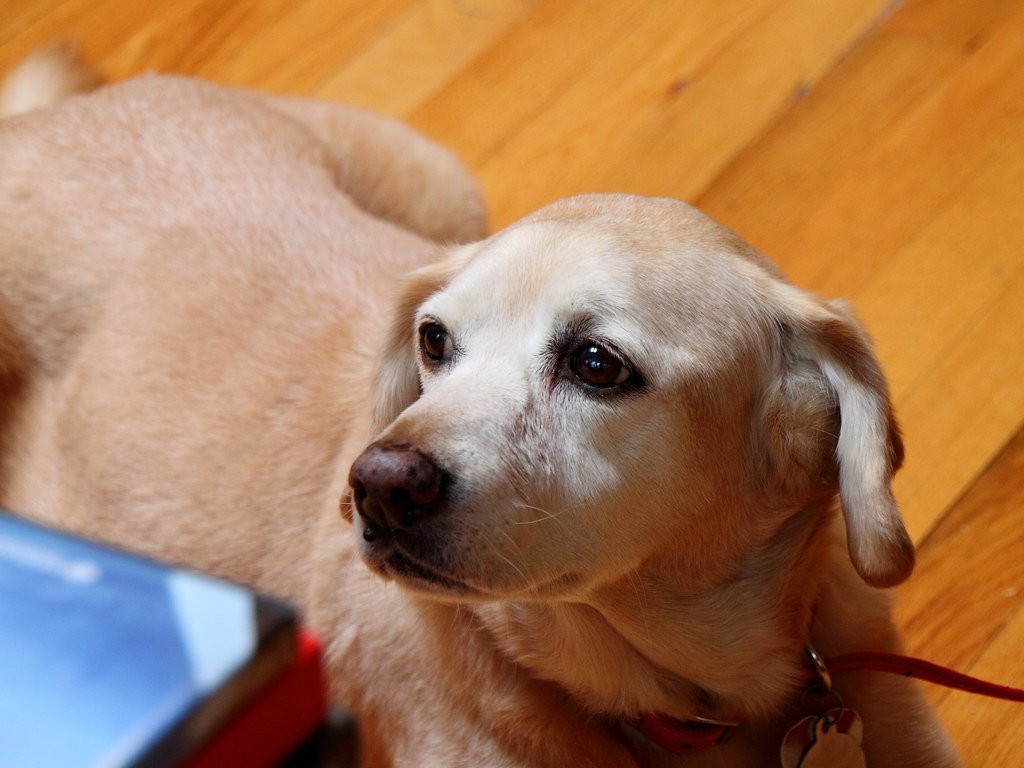There’s something magical about the bond between you and your dog. You know that feeling when you walk through the door and your pup acts like you’ve just returned from a year-long journey, even though you were only gone for ten minutes? That overwhelming excitement isn’t just about treats or walks – it’s about genuine affection and attachment.
Dogs have been our companions for tens of thousands of years, and during that time, they’ve developed incredibly sophisticated ways of expressing love and preference. While every dog is unique, certain behaviors consistently signal that you’ve earned the coveted title of “favorite person.” These aren’t just cute quirks or random actions – they’re deliberate expressions of trust, comfort, and deep emotional connection.
They Follow You from Room to Room
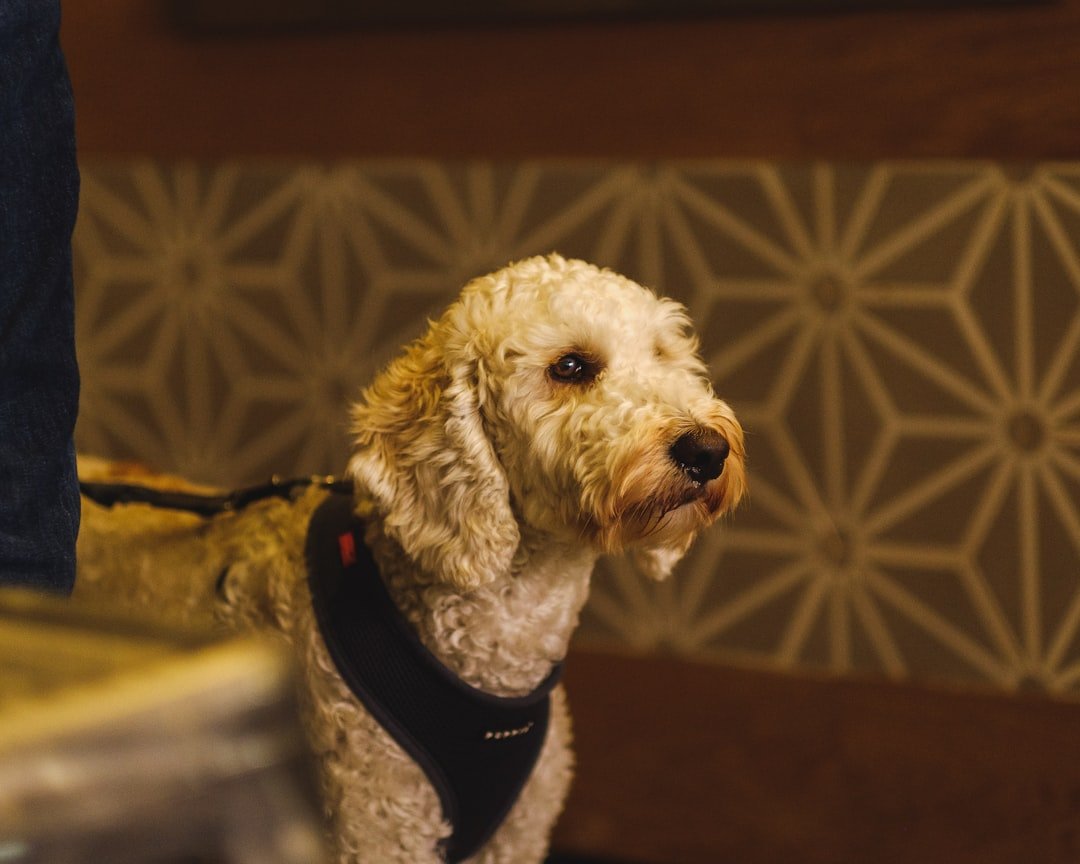
If you have a little shadow that trails you everywhere, this likely means your dog trusts and loves you deeply. This behavior goes beyond simple curiosity about what you’re doing next.
While at home, you will notice a dog may follow their favorite person either from room to room or simply with their eyes. If that person gets ready to go out somewhere, the dog will want to go with that person. It’s like having a four-legged bodyguard who’s genuinely concerned about your wellbeing.
This following behavior stems from pack instincts deeply embedded in your dog’s DNA. Dogs are natural pack animals, and your pup sees you as part of their group. Back in the wild, dogs would huddle close together to protect themselves. Your modern house dog maintains this same protective instinct with their chosen person.
They Sleep Near You or On Your Bed
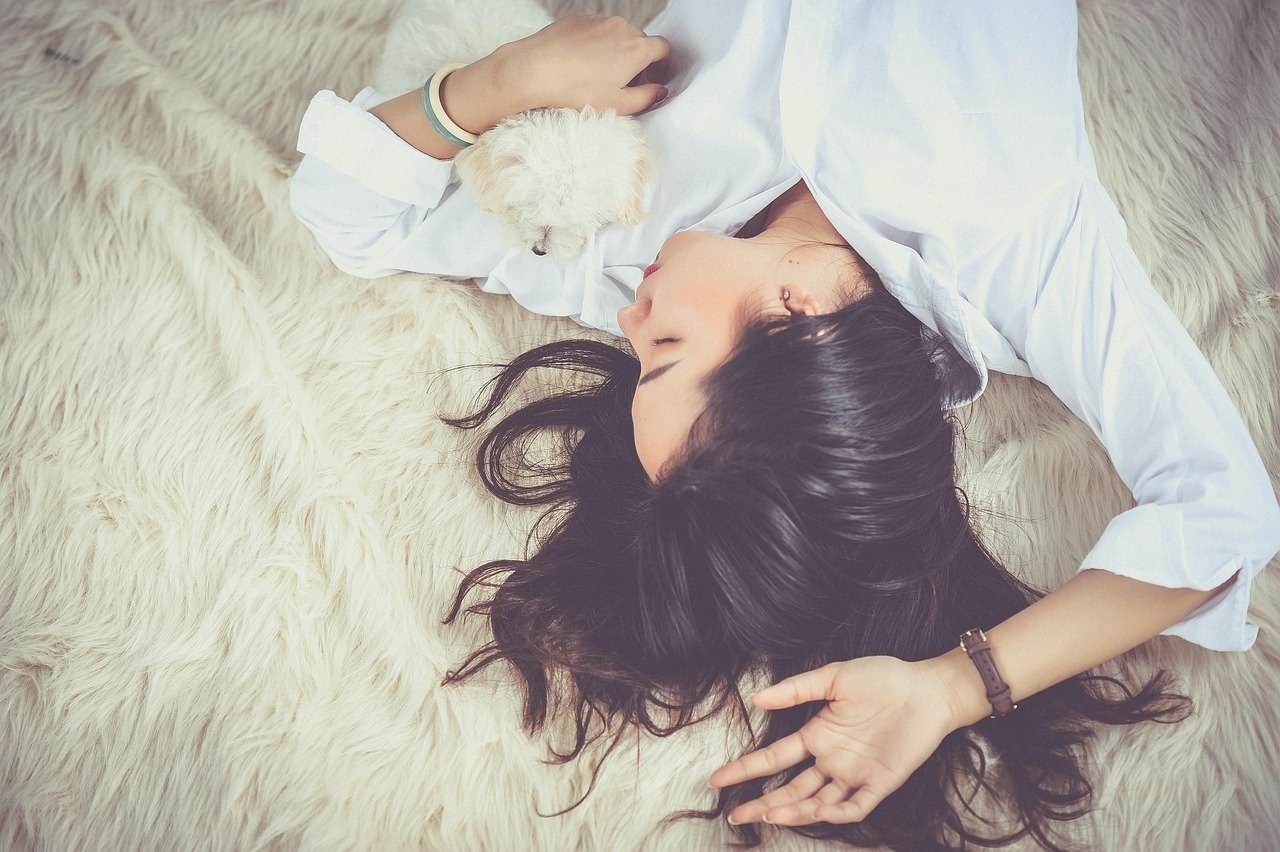
When your dog sleeps in bed with you (aka their favorite person), it demonstrates how close the bond is between you two and how much your dog trusts you. It can also give them a sense of security and comfort if they’re anxious or fearful at night.
Sleep represents the ultimate vulnerability for any animal. Sleep is a vulnerable time for any animal, but your dog doesn’t feel that way when curled up next to you. Some observations suggest that dogs who have a secure relationship with their humans may sleep better when they’re close. So next time your dog takes up half the bed, remember it’s not just about the warmth – it’s about the deep sense of security they feel nestled up with you.
If your dog is allowed on the couch or bed, it will tend to sleep with their favorite person, often trying to stay within touching distance. Even if they have their own comfortable bed, they’ll often choose the spot closest to you.
They Greet You Enthusiastically Every Time
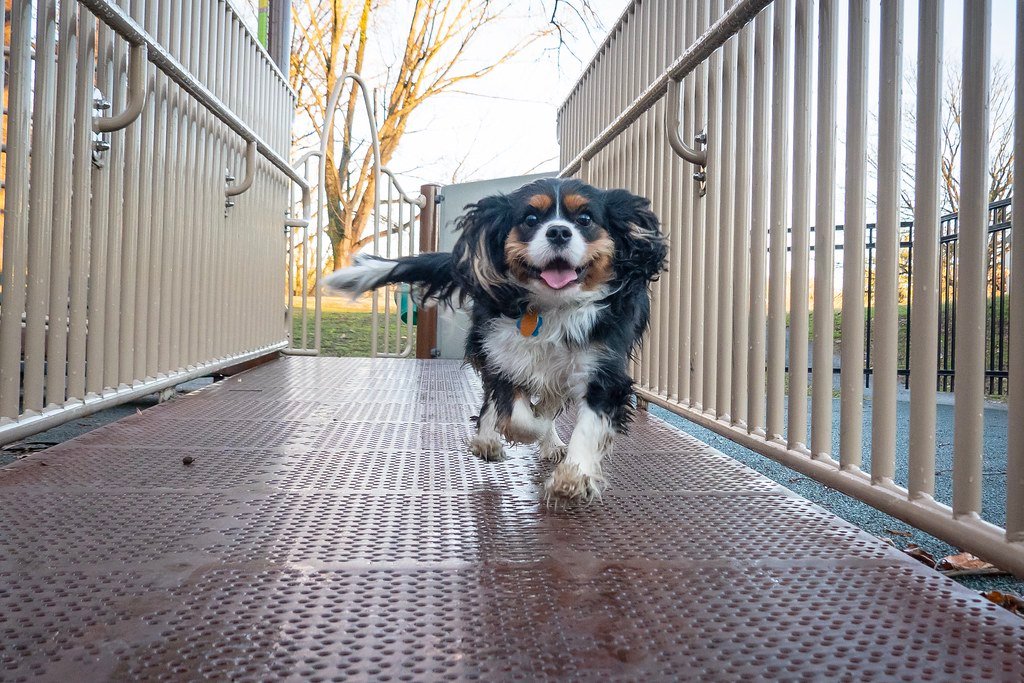
In experienced trainers’ observations, a dog will greet their favorite human each time they walk in the door no matter what else is going on. They may even bring a toy with them to say hello and circle in front of you waiting to be pet.
Notice how they react when you enter a room or when you call their name. A dog that wags its tail enthusiastically or jumps up to greet you is likely showing affection and preference. These behaviors reflect their excitement and happiness in your presence, reinforcing the bond you share.
This greeting ritual happens regardless of how long you’ve been away. Whether you were gone for five minutes or five hours, the enthusiasm remains consistent. It’s their way of reaffirming the special connection you share and expressing genuine joy at your return.
They Maintain Soft Eye Contact With You
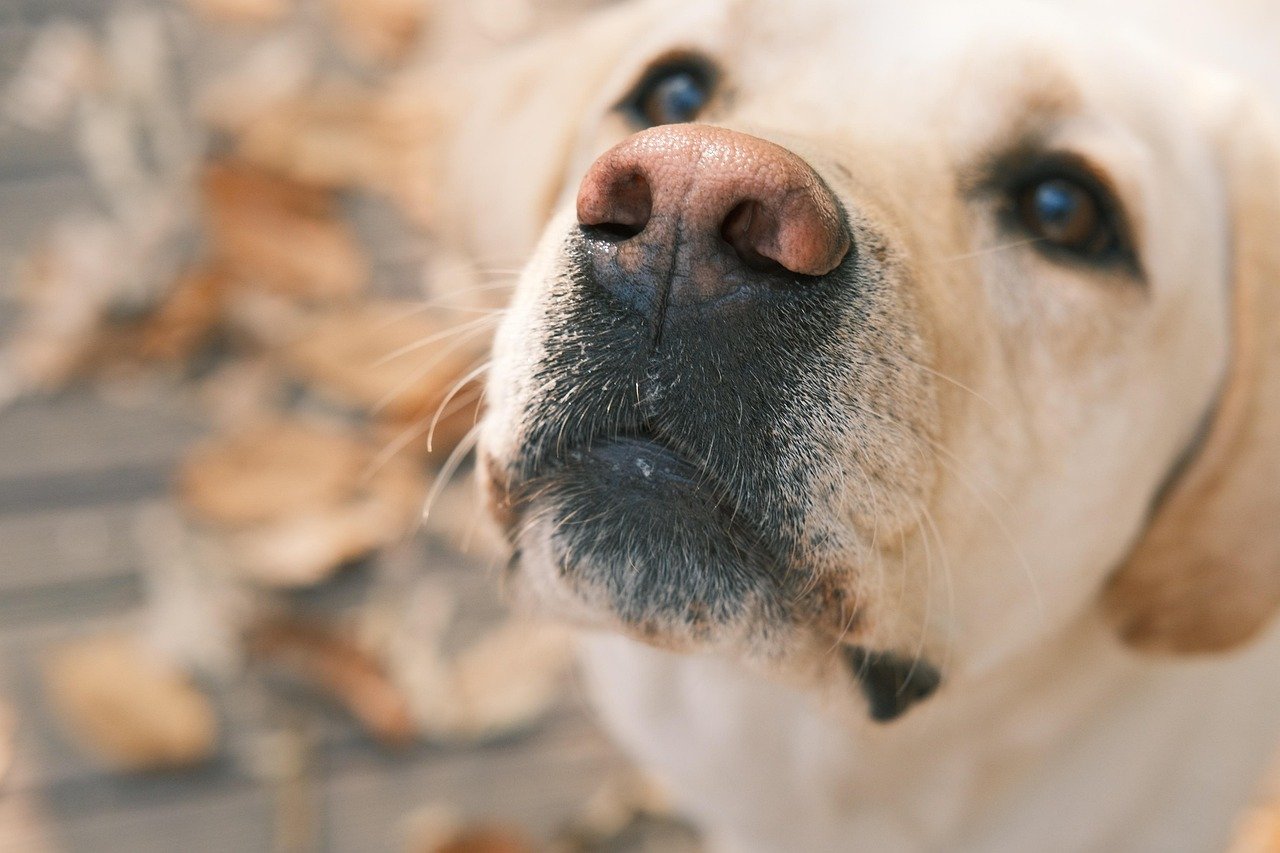
Eye contact, especially when it’s sustained, is a sign of love from your pooch. In fact, when dogs are uncomfortable or stressed, they’re much less likely to make eye contact than when they feel happy and safe. Instead, they will avoid eye contact and shy away from other forms of contact as well.
Studies show that domesticated dogs have learned to use eye contact differently than their wild ancestors. A hard stare from a dog can still signal a threat, so give them space if the look is intense, is accompanied by stiff body posture, or they’re guarding a resource such as food or a toy. However, soft eye contact is a special way pet dogs communicate with us, like how humans connect with each other. What’s more, softly locking eyes with your pooch triggers an oxytocin release, strengthening your special connection.
When your dog looks into your eyes, especially for extended periods of time, they’re telling you they love and trust you. This phenomenon is comparable to when humans gaze lovingly into each other’s eyes. In fact, when mutual staring occurs (with eye contact) between you and your dog, it can release oxytocin, which is the hormone associated with love. The release of this chemical helps strengthen the bond between you and your dog, while increasing feelings of love, security, loyalty, and trust.
They Bring You Their Favorite Toys
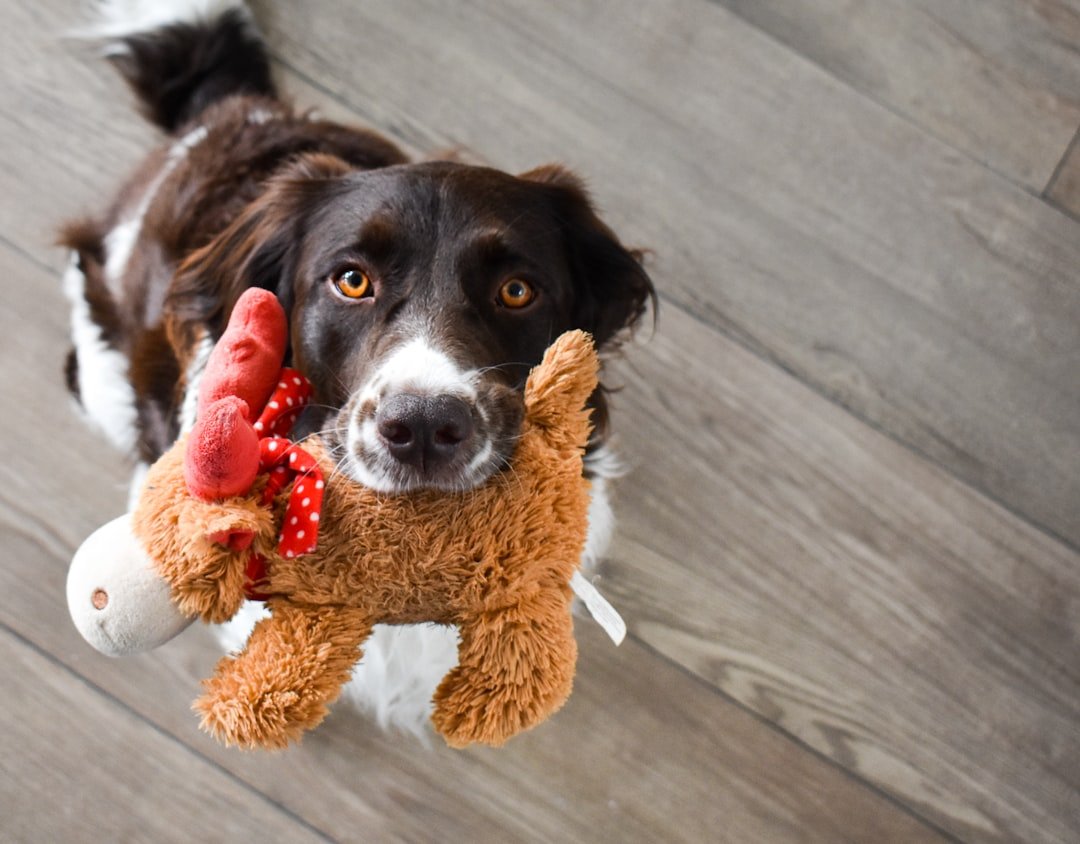
You know your dog loves you if they bring you their favorite dog toy. This behavior is an invitation to play and a sign of affection. It shows they trust you with their prized possessions, and they enjoy spending time with you.
Dogs often bring toys to their favorite person as an invitation to play and bond. This gesture represents more than just wanting to play – it’s about sharing something precious with someone they trust completely.
Think about it from your dog’s perspective: their favorite toy is often their most treasured possession. By bringing it to you, they’re essentially offering you access to what matters most to them. It’s similar to how a child might share their favorite stuffed animal with someone they love deeply.
They Show Relaxed Body Language Around You

You know that feeling you get when you’re around someone you love, when your whole body relaxes? Well, dogs feel that, too. Their love for and trust in you can translate to an overall relaxed demeanour. This may present as soft eyes without a fixed gaze, floppy ears that aren’t pinned back, a lack of rigidity in the shoulders, and a general aura of floppiness and relaxation.
A bonded dog seeks your company, maintains eye contact, follows you, relaxes in your presence, and responds eagerly to your return. Their body language – relaxed posture, soft eyes, and a wagging tail – signals they view you as their trusted person and secure base.
This relaxed state is the opposite of what you’d see in an anxious or uncomfortable dog. When dogs are stressed or uncomfortable, they present with much more rigidity and stiffness, reflecting their physical or emotional discomfort. The looseness of your dog’s body may also lead to the wiggles. So, yes, that full body wag that your dog launches into at the sight of you really is them telling you that they love you and are so happy to see you. If they were tense or stressed, these wiggles would likely not be possible. So, it’s not just a cute little show, it’s a huge indicator that your dog is happy and you’re the reason why.
They Respond Best to Your Commands
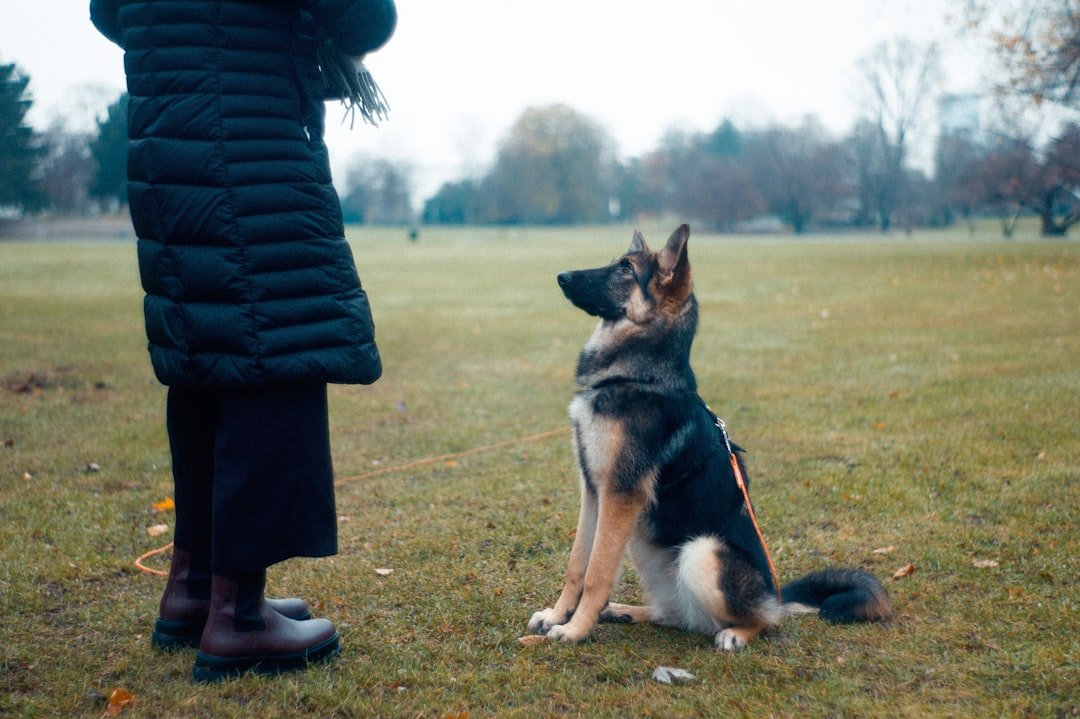
Dogs are instinctual which means hierarchy is important to them. The person who trains them positively will often get the most attention from the dog. This is because proper training builds not only a strong bond between them, but respect for the human.
Training tends to be more successful with the favorite person. You might notice that your dog seems more attentive during training sessions with you compared to other family members.
If you are the only one who has practiced training with your dog, you will likely be the only person your dog listens to. This is why it’s important for all family members – if you do not live alone – to participate in training, so there is consistency in your dog’s behavior. However, even in households where multiple people train the dog, there’s often one person whose commands carry slightly more weight.
They Seek Physical Contact and Comfort From You
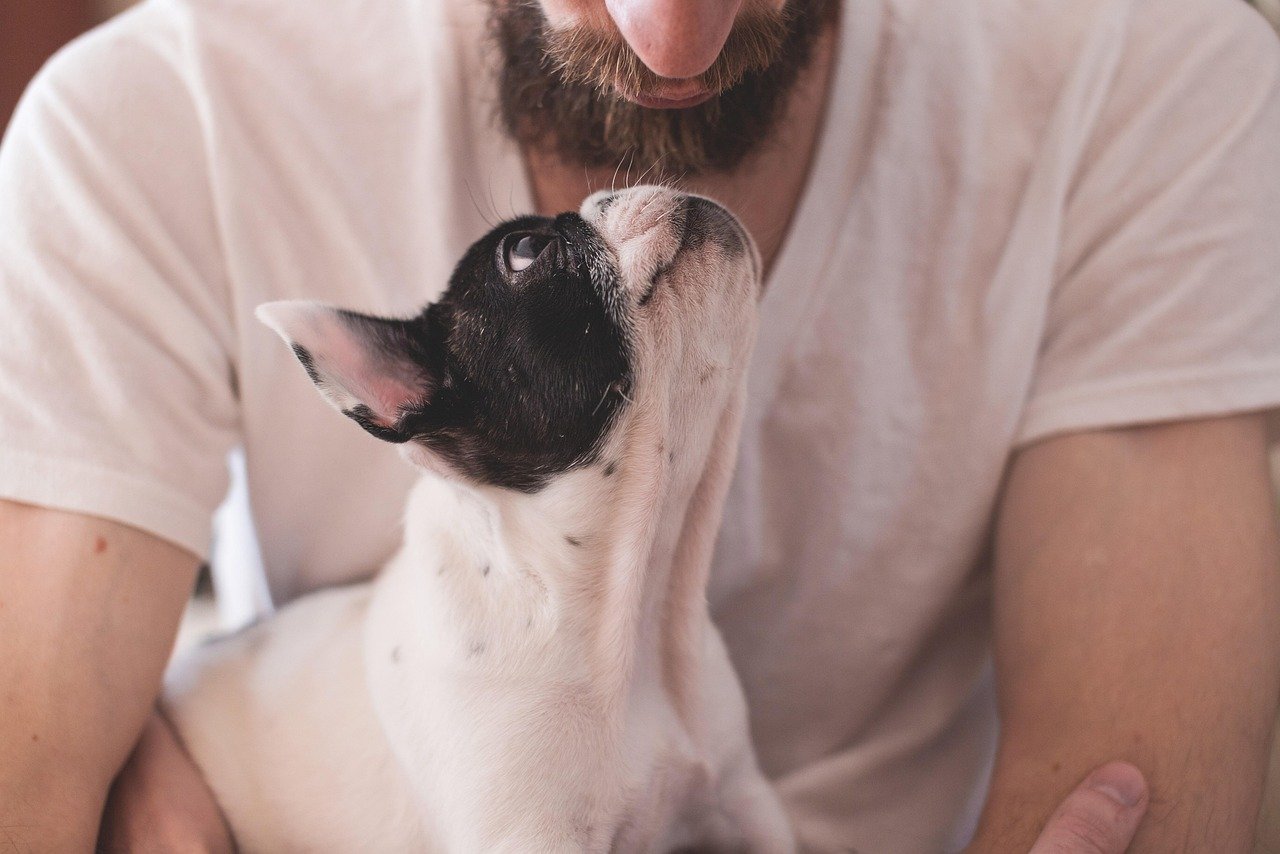
Lying down on top of you or leaning on you is an indication that they feel more secure by your side. This physical closeness isn’t just about warmth – it’s about emotional security and comfort.
Aside from temperature regulation, it’s also about comfort. Your dog loves relaxing when they’re nestled close to you. That soft, warm spot next to their favorite person? It’s pure bliss for your fur baby!
There’s nothing quite like the feeling of your dog nuzzling their face against yours. This adorable act of doggy love doesn’t just feel like it could melt your worries – it does. Physical contact between pups and humans, like those gentle nudges, lowers cortisol levels (stress hormones) in humans and dogs. This creates a positive feedback loop that strengthens your bond even further.
They Watch You Constantly
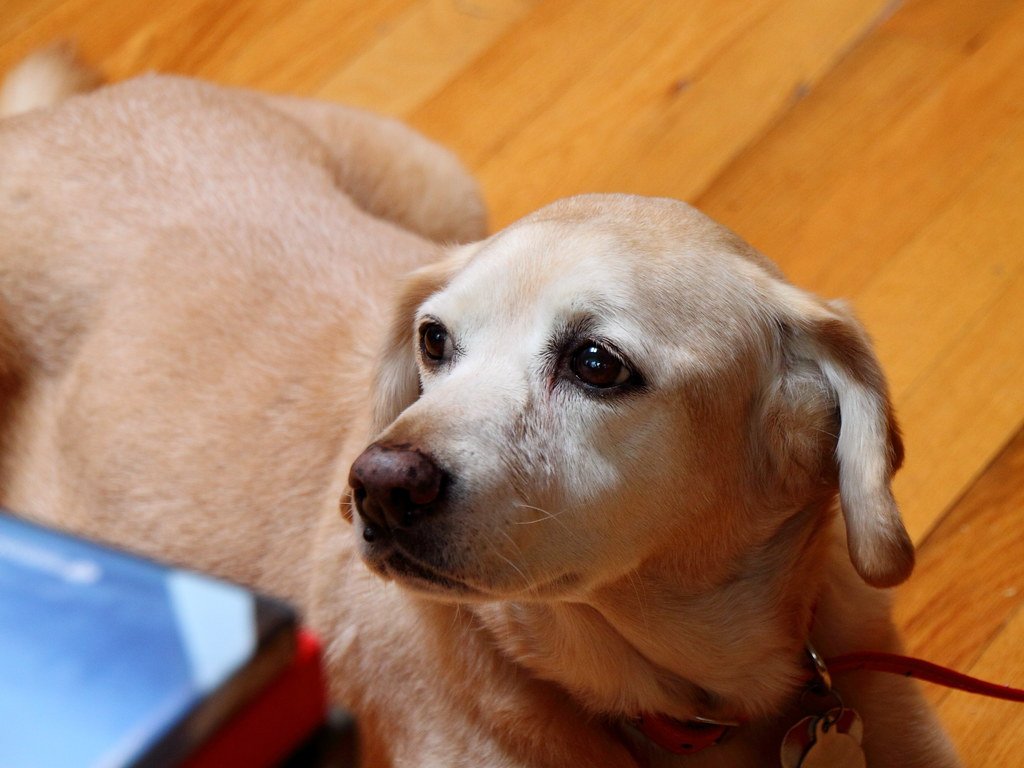
Experienced dog trainers note their own dogs will watch them when resting in the same room to ensure they’re staying. “He will stare at me until I am settled,” they observe. This constant monitoring isn’t about being needy – it’s about caring deeply about your wellbeing.
This watchful behavior stems from your dog’s desire to stay connected with you and anticipate your needs. They’ve learned to read your body language and facial expressions so well that they can often predict what you’re about to do before you do it.
You might notice this especially when you’re getting ready to leave the house, preparing their food, or even just shifting position on the couch. That intense focus and attention is their way of staying tuned in to their most important person.
They Seek You Out During Stressful Times
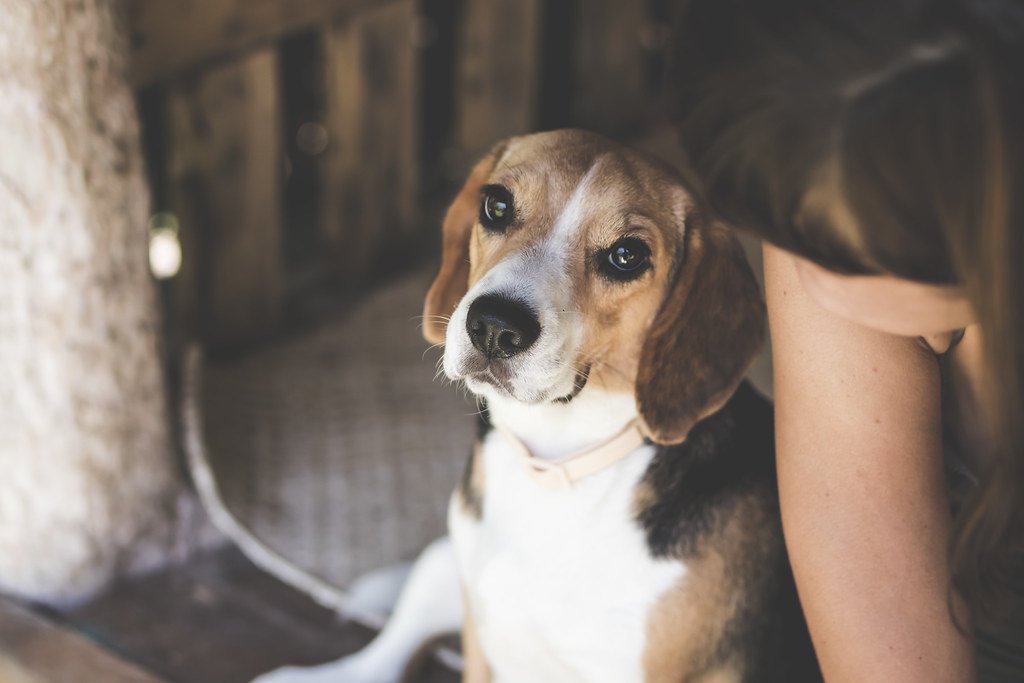
If your furry friend fears being alone, lying close to you could be their way of coping. Dogs with separation fear want to stay as close as possible to their humans, especially during sleep. It’s their way of reassuring themselves that you’re not going anywhere. This behavior is common in many dogs, especially if they’ve been previously isolated for long periods. They feel more secure by sleeping right against you, knowing you’re close by.
During thunderstorms, fireworks, or other stressful situations, does your dog immediately come looking for you? This behavior indicates that you represent safety and comfort in their world. Your presence might provide a significant sense of security. Dogs often choose their sleeping spots based on where they feel safest, and your dog may have associated you with safety.
One of the most amazing things about dogs is their ability to read human emotions. If you’ve ever had a bad day and noticed your dog staying close to you, it’s because they can sense something is wrong. This emotional awareness works both ways – they seek comfort from you, and they also try to provide comfort when you need it.
They Show Separation Anxiety When You Leave
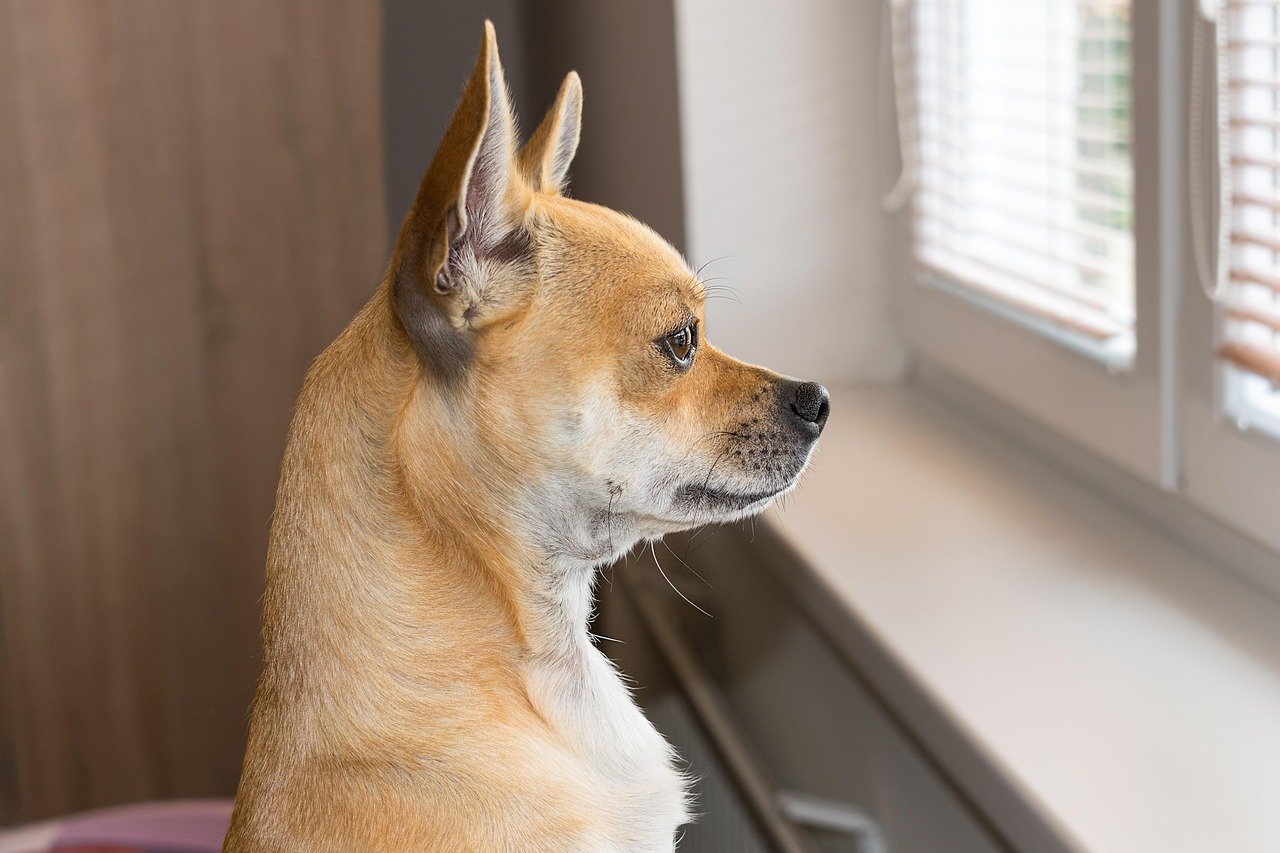
While some level of disappointment when you leave is normal, dog owners should be careful not to confuse all extra attention they may get from their pup as positive. Overly excited greetings for a particular person’s arrival or departure can be a sign of separation anxiety, not favoritism.
However, mild concern when their favorite person leaves is actually a sign of attachment. In addition, significant changes in a dog’s environment, such as moving to a new home or welcoming a new family member, can also affect their relationships. During such transitions, dogs may seek comfort and security from those who are most present and attentive, leading to shifts in their favorite person.
The key is finding the balance between healthy attachment and problematic separation anxiety. A dog who shows mild disappointment when you leave but settles down relatively quickly is displaying normal bonding behavior. However, if the distress is extreme or destructive, it may require professional help to manage.
Conclusion
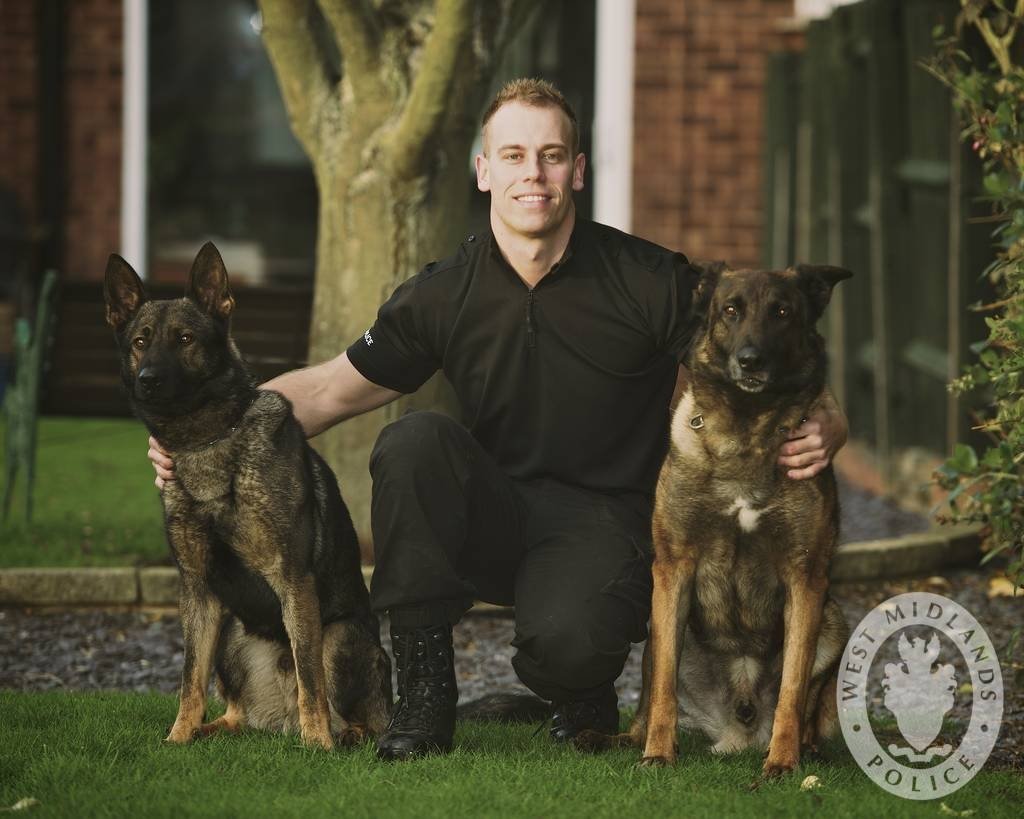
Being your dog’s favorite person is one of life’s greatest honors. It means you’ve built a relationship based on trust, consistency, and genuine care. Dogs’ favorite people are associated with the most positive experiences, especially experiences of love, shelter, and comfort. They love someone who can make a bad situation better or spend time with them doing something they enjoy. In a dog’s mind, this person equals fun, safety, affection, and other good things. Who wouldn’t want to be around a person like that?
Remember, these behaviors aren’t just cute quirks – they’re your dog’s way of saying “you’re my person.” The bond you share goes beyond simple pet ownership; it’s a partnership built on mutual love, respect, and understanding. Whether your dog displays all ten of these signs or just a few, the important thing is recognizing and nurturing the special connection you have.
Each tail wag, every gentle nuzzle, and those loving eyes gazing up at you are reminders of the incredible relationship you’ve built together. Did you recognize your dog in any of these behaviors?

